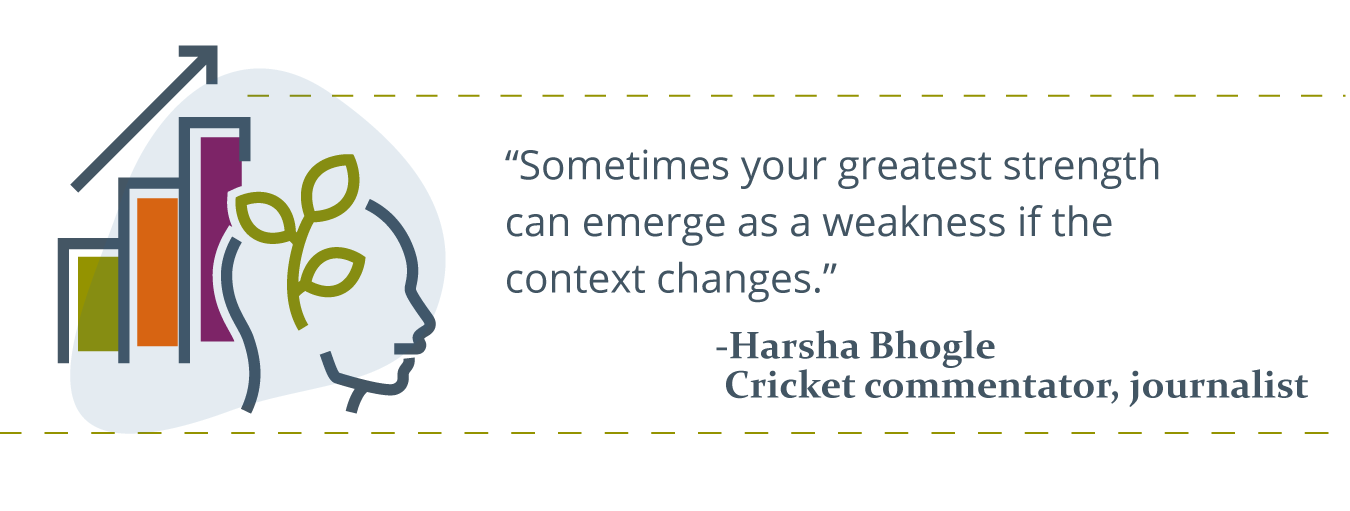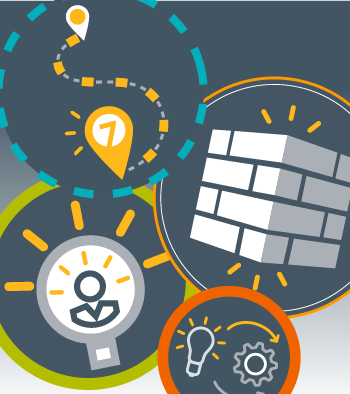Context Is the Missing Link
One of the biggest barriers to successful leadership development is a missing link between the skills leaders are learning and the business context. This missing link can be resolved by identifying business drivers.
Yes, certain leadership skills—communication, delegation, coaching, etc.—are universal. But you, your stakeholders, and your leaders still need to know the “why” behind how these skills move your business forward.
At DDI, we call the “why” your business drivers. And they’re the first step to identifying and prioritizing the key skills you want to build in any leadership development program.

Identifying Your Business Drivers
DDI defines business drivers as the top three to five most critical leadership challenges that leaders must conquer to drive the strategic and cultural priorities of the organization.
Depending on the scope of your leadership development program, you may be identifying the business drivers of your entire organization. Or you might be looking at the business drivers for a particular business unit, function, or department.
Some examples of business drivers include:

While it’s ideal to have well-rounded leaders, the reality is that few leaders are good at everything. For example, a leader who excels at driving down costs might struggle with innovation. The question is: Are your leaders prepared for what you need them to do next?
That’s why your goal should be to prioritize business drivers that best serve your organization. It’s tempting to say that it’s all important. But identifying key behaviors will help you define your leadership culture.
Connect Business Drivers to Competencies
It’s helpful to prioritize a few key strategies. But strategy is useless unless you bring it to life through leader behavior. That’s why we build three key components into each business driver:
- A definition: The definition describes the essence of what you’re trying to accomplish. One person’s definition of “building customer relationships” might not be the same as another’s. It’s important to get on the same page up front.
- Related competencies: What are the behaviors your leaders need to show to achieve the goal? In many cases, you may have primary competencies that are essential to success as well as secondary competencies. Secondary competencies may not be the area for initial focus but may come into play later.
- Related personality patterns: Personality patterns are more important at higher levels of leadership than at lower levels. But it may still be relevant to think about personality aspects that enable or derail a particular behavior. Leaders may benefit from awareness about how their personality impacts their key behaviors.
Here’s an example of how business drivers can connect to the competencies and personality patterns you’re seeking in your leaders:

Competencies define the behaviors that power your business drivers and link your leadership development strategy to your business strategy. So it's important to have an effective leadership competency model with clearly defined and relevant competencies.
